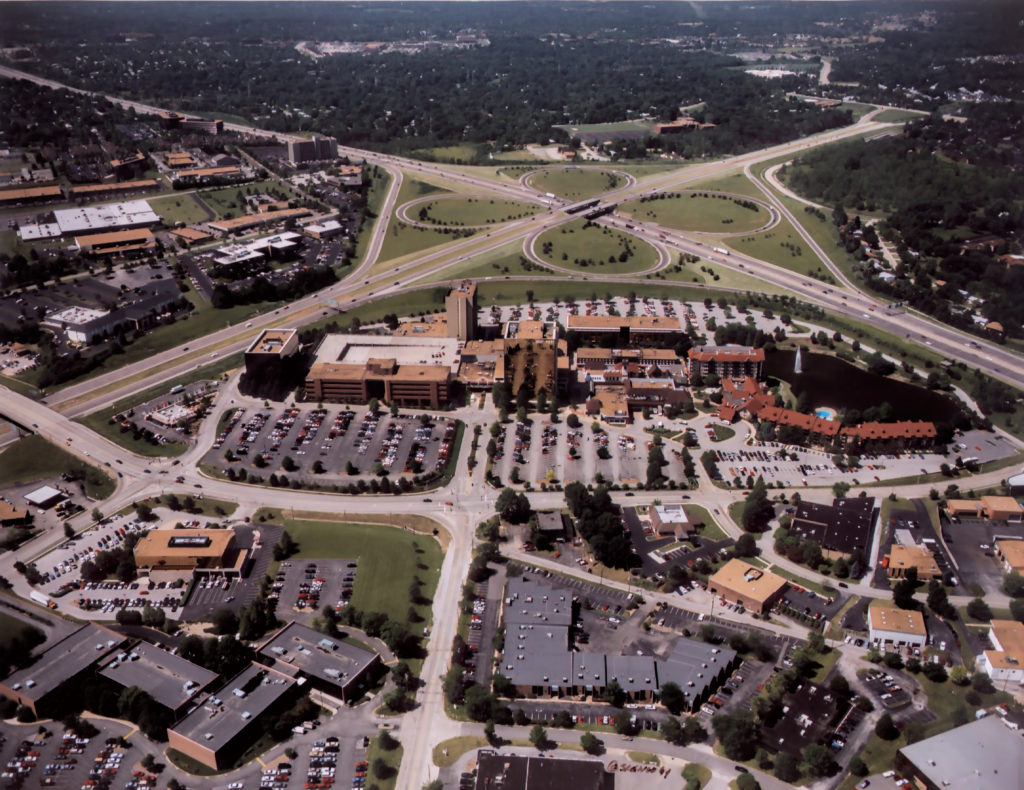Community Planning Perspectives
Planning resilent communities in New Jersey
Among material resources, the greatest, unquestionably, is the land. Study how a society uses its land, and you can come to pretty reliable conclusions as to what its future will be.
E.F. Schumacher Tweet

Comprehensive plans are generally prepared to address compatibility issues between various uses of land, management and preservation of natural resources, Identification and preservation of cultural resources, and adequate planning for infrastructure needs.
In other instances, comprehensive plans area utilized to address issues related to schools, recreation, and housing – and increasingly public health concerns.
In a Guide Book For Citizen Planners prepared for the State of Georgia by V. Gail Easley, FAICP and Glenn Coyne, AICP, their answer to “why plan?” Is simple and direct:
“Effective planning ensures that future development will occur where, when, and how the community and local government wants. There are several important benefits to the entire community that result from the planning process:
Quality of life is maintained and improved.
There is a vision, clearly stated and shared by all, that describes the future of the community.
Private property rights are protected.
Economic development is encouraged and supported.
There is more certainty about where development will occur, what it will be like, when it will happen, and how the costs of development will be met
What is of importance in an effective plan as described by Easley and Coyne is the need to address of private property rights.
Secondly, is the recognition that economic development benefits to the community. All too often, cities have used the comprehensive planning process to create exclusionary zoning and discourage diversity of land uses in favor of single use zones that potentially result in unsustainable commercial and residential development. Lastly, a plan that sets forth clear expectations for the future development of the municipality which creates predictability for both the residents and businesses is an important, but typically neglected or understated element of a comprehensive plan
According to William I. Goodman, author of Principles and Practice of Urban Planning, the underlying basis of the comprehensive plan is that it is an instrument to be used by community leaders who establish the policies and make the decisions regarding physical development.A comprehensive plan should be a vision of what a community is to be in the future. The process of developing this plan should be a community-wide effort. All special-interest groups should play a part in delineating this vision. Specific goals and objectives should be developed along with a time frame for implementation.
As the term “comprehensive” suggests, this is an all-inclusive approach to addressing the issue of a community’s future growth.
According to Goodman, the plan document should fulfill six basic requirements:
It should be comprehensive.
It should be long-range.
It should be general.
It should focus on physical development.
It should relate physical design proposals to community goals and social and economic policies.
It should be a policy instrument first and a technical document, only second.
Goodman goes on to say that the procedure for creating a comprehensive plan there should be a lengthy period of public debate prior to adoption; the plan should be available and understandable to the public.
The elements of a comprehensive plan can vary from community to community. In most cases though, the plan consists of a study of existing conditions and a discussion of future trends, goals, and objectives. Land use patterns, housing conditions, population, roadways, and other infrastructure issues are usually the principle elements that are studied.
Wayne Oldroyd Tweet